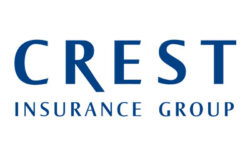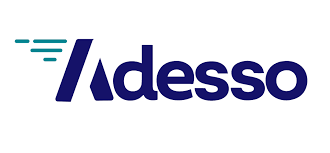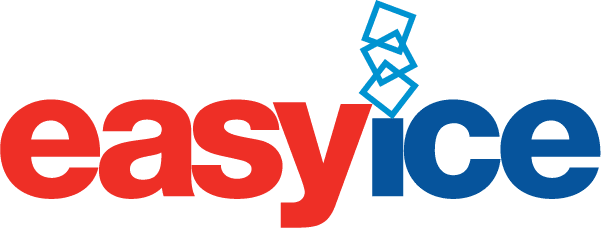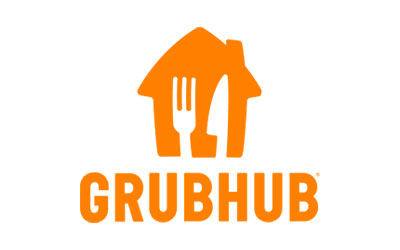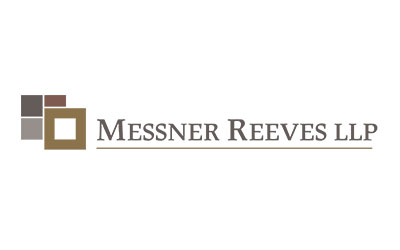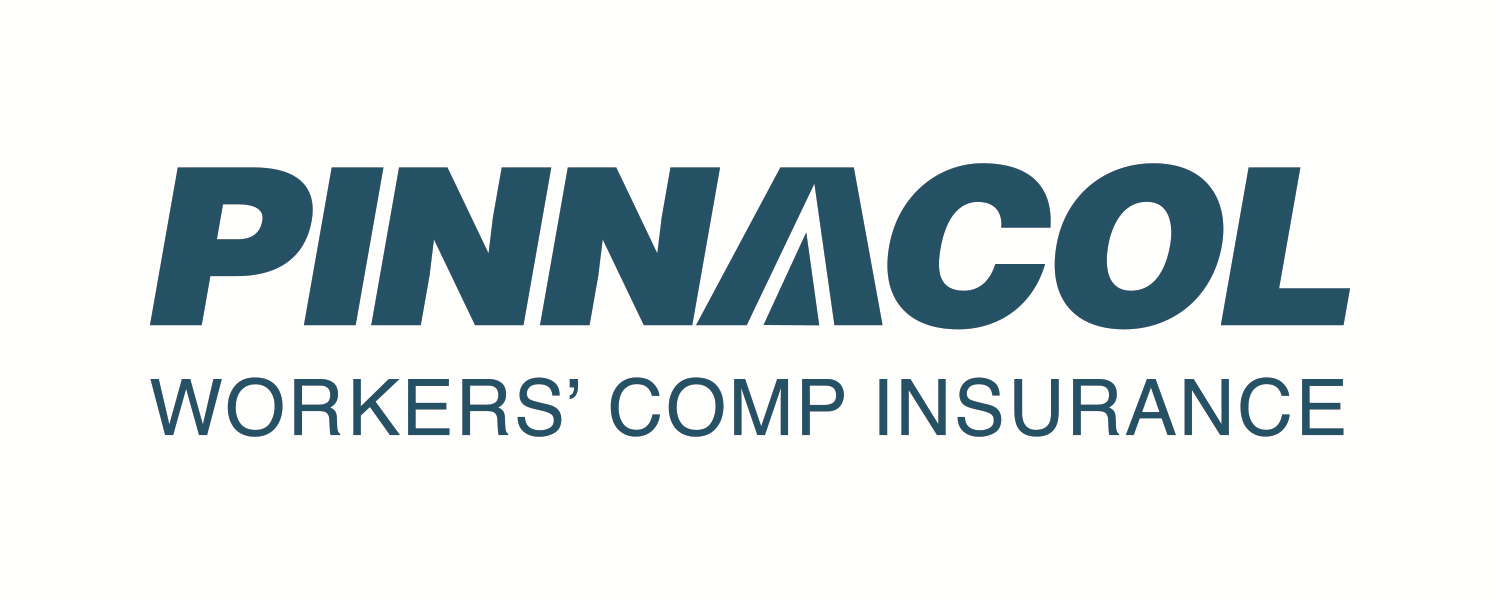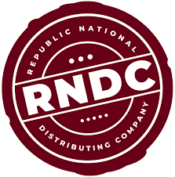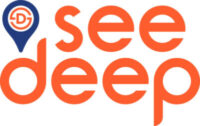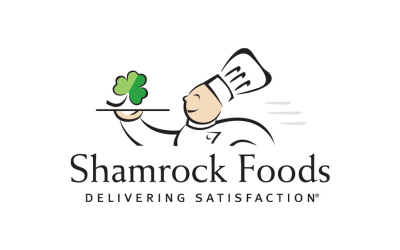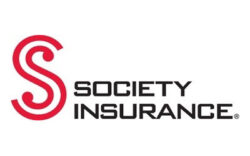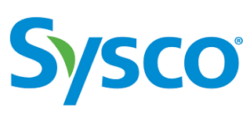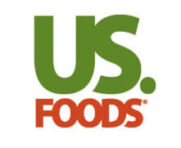Six Factors that Can Drive Up Restaurant Insurance Costs in Colorado
Sponsored by Society Insurance
Have you ever caught yourself wondering why your business’ premium changes over time? Odds are you understand why your auto insurance premium changes. As you age and become a less risky driver, your insurer is exposed to less risk, and your rates drop as a result. What drives premiums for bars and restaurants isn’t quite so simple as predictable factors like age or gender.
Each business is sure to face a whole host of unique risks, each of which will be assessed and factored into your premium by your carrier. So what are these risks, and why do they impact premium rates? Below, we’ll explore some common drivers of restaurant insurance costs.
1. Catastrophes & Storms
In 2020 alone, weather and climate-related disaster events across the U.S. cost $95 billion. The 2020 derecho caused over $10 billion worth of damage in Iowa and surrounding states. Well over a billion dollars in claims were paid as a result of the storm’s damage. As these weather and climate-related events become increasingly common, it comes as no surprise that premiums have risen as insurance companies pay out large claims. Insurers need to increase their premiums as they face increased liabilities and risks from storms and other weather-related phenomena.
2. Reinsurance
Reinsurance, to put it simply, is insurance for insurers. Insurers spread the risk through reinsurance. By collaborating in this way, no company is left alone to bear the burden of disasters like the derecho. However, as we’ve seen the regularity of weather events increase, the cost of reinsurance has increased as well, and that trend doesn’t seem to be changing particularly soon. This increased cost for insurance companies results in increased policy premiums.
3. Cost of Building Replacement & Inflation
Rising construction rates have led buildings to cost more and more. In fact, the cost of the most common building materials has seen double-digit percentage increases over the last year. As a result, if your restaurant is severely damaged in a storm or fire, the cost to replace the building will be exponentially higher.
While the rise in construction prices has many confounding factors, it does illustrate how inflation impacts insurance costs. As inflation raises prices, insurers must raise premiums to adequately cover those higher costs, whether they’re construction costs or costs for other products your business uses.
If you’re underinsured, you might only be covered for a portion of the building replacement cost, which would be notably higher due to shortages and strains on the supply chain. In the instance of private homes, construction costs have risen an additional $24,000 in 2021 and commercial businesses are experiencing similar increased costs.
4. Supply Chain Strain
As we alluded to previously, strains on the supply chain drive insurance prices for similar reasons. Because some manufacturers and industries had to slow, reduce, or stop production during the pandemic, a bottleneck effect was created. This strained supply chains and drove costs up. Car manufacturers have seen this issue with microchips, builders have seen it with raw materials, and you’ve likely witnessed the impact on your bar or restaurant.
The global disruptions to the supply chain may have also caused your business (like so many others) to quickly pivot to new vendors or adopt more locally accessible ingredients. A delay in receiving products in a timely manner or the inability to access them altogether make choosing the right insurance coverage for your livelihood all the more important.
5. Social Unrest
As we saw last year, social unrest can truly have an impact on businesses and insurers alike. Claims from social unrest in 2020 cost insurers $1-2 billion, making it the costliest instance of civil unrest for insurers in the country’s history. The impact social unrest can have on insurance costs can manifest in a similar form as supply chain strains or storms—or both. If social unrest becomes more common, the risk to your property can increase, or your restaurant may be unable to operate as intended. Both of these scenarios can lead to risks for your business and to increased premiums.
6. Social Inflation
Social inflation is the least concrete driver of insurance costs. It’s a newer phenomenon that’s more difficult to predict, prepare for and protect against. As the country sees more and more lawsuits yielding higher awards to plaintiffs, the costs surrounding this extensive litigation have become a greater burden. Like catastrophes and storms, the massive settlements reached in courts can affect insurance premiums. As insurers face the increasingly common-yet-unpredictable risk of social inflation, they’re forced to raise premiums.
The Right Insurance Coverage for Your Business
While restaurant insurance costs are impacted by countless factors, our team of insurance experts can assist you every step of the way, developing a customized policy that best suits your needs.
Get in touch with your local Society Insurance agent today for answers to all your business insurance questions.

